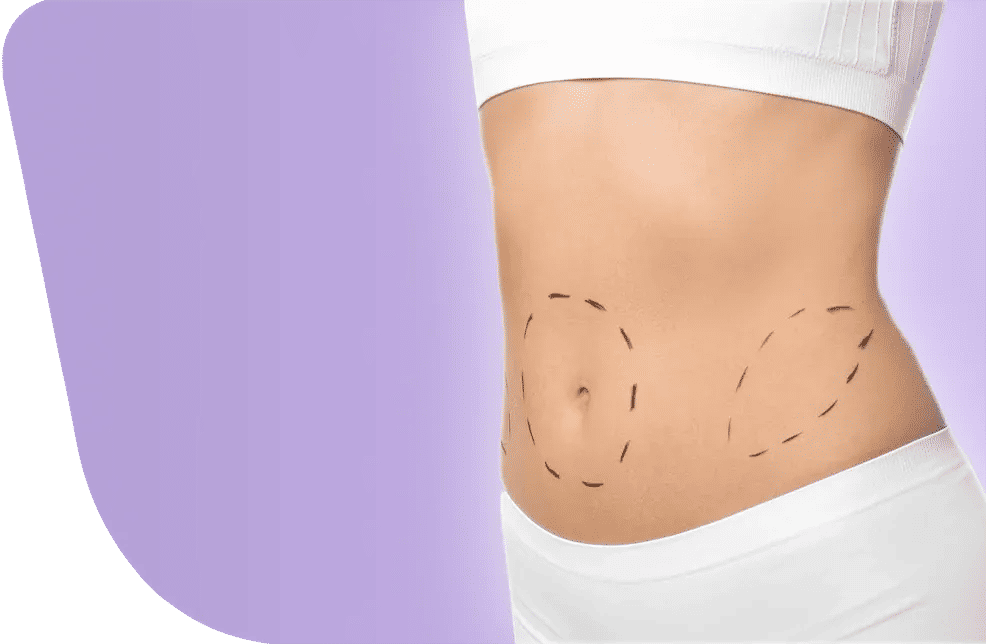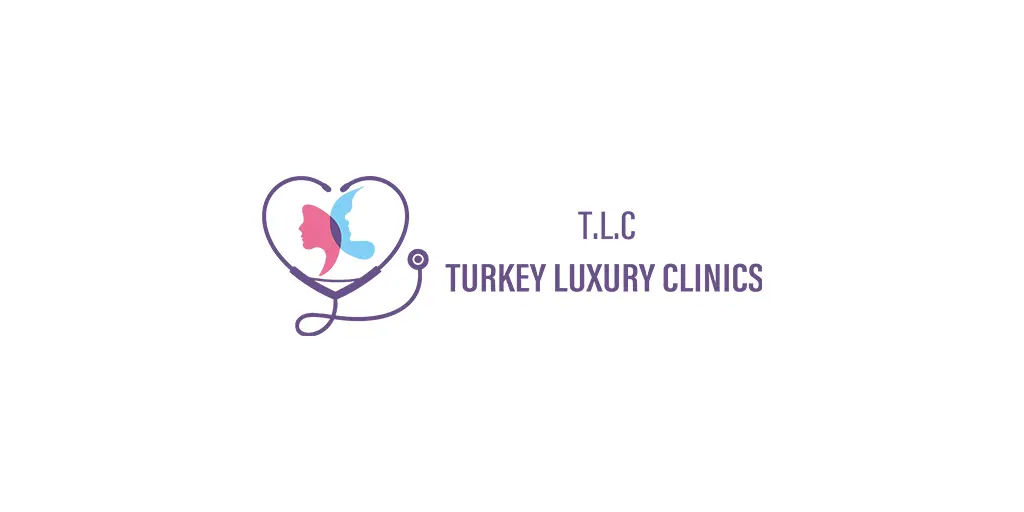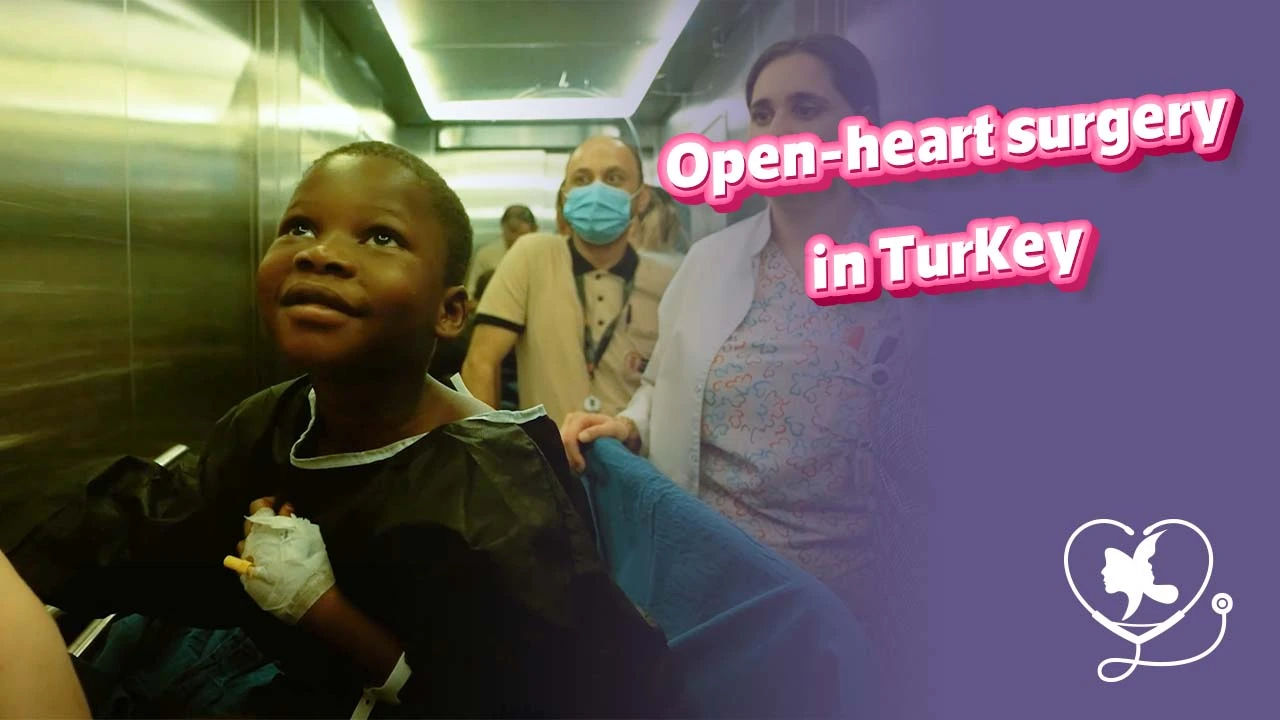- - Tummy Tuck Belly Button Before and After Photos
- - Before Tummy Tuck Belly Button Appearance
- - What Happens to the Belly Button During Tummy Tuck Surgery?
- - Changes of the Belly Button During Tummy Tuck Surgery
- - Belly Button After Tummy Tuck
- - Before and After Tummy Tuck Belly Button Scar
- - Belly Button Revision After Tummy Tuck Before and After
- - Full vs Mini Tummy Tuck Belly Button
- - Get Expert Tummy Tuck and Umbilicoplasty at Turkey Luxury Clinics
- - FAQs About Tummy Tuck Belly Button Before and After
The appearance of the belly button after tummy tuck surgery is one of the most critical aesthetic considerations in a tummy tuck procedure. Its final shape and position depend heavily on the surgeon’s expertise in planning and executing the operation.
A tummy tuck (abdominoplasty) significantly changes the appearance of the belly button, transforming it from a potentially stretched, "hooded," or "buried" state to a more natural-looking, smaller, and well-positioned "innie" that fits the re-contoured abdomen.
Understanding the potential transformations of the belly button before and after surgery is essential, as factors such as skin tension, muscle tightening, and abdominal contouring can influence its size, shape, and position.
Recognizing these variables allows surgeons to anticipate outcomes more accurately and plan for optimal results, including corrective revisions if necessary.
Tummy Tuck Belly Button Before and After Photos
Before a tummy tuck, the belly button may appear in its natural shape or take on a stretched, elongated, or slightly droopy look, especially in patients with excess abdominal skin. The surgeon carefully evaluates its shape and position to plan the surgery.
After the procedure, the belly button goes through a recovery phase. Initial redness, swelling, or temporary irregular shapes—such as protrusion or flattening—are normal. Over the following months, as healing progresses and scar tissue forms, the belly button gradually takes on a natural, well-positioned appearance that blends harmoniously with the newly contoured abdomen.
Before Tummy Tuck Belly Button Appearance
Before a tummy tuck (abdominoplasty), the belly button (umbilicus) can vary widely in shape and size.
The original belly button may appear larger, stretched horizontally, or covered by loose, sagging skin, particularly due to factors such as pregnancy or significant weight loss.
These changes can distort the natural look of the belly button or cause it to appear low on the abdomen
What Happens to the Belly Button During Tummy Tuck Surgery?
During a tummy tuck, the belly button undergoes careful handling to ensure a natural appearance. The belly button is not removed in the surgery, but is repositioned through a new opening in the tightened abdominal skin.
The surgeon begins by making circular incisions around the existing belly button’s skin to detach it from the surrounding tissue, while keeping it attached to the underlying “stalk” of muscle and tissue.
Another incision in the pubic area is made, then, allowing the surgeon to remove excess skin and achieve a smoother contour.
Through this incision, abdominal skin is lifted, excess fat is removed, and the abdominal muscles are tightened. In many cases,
As the upper skin is pulled down to create a flatter and smoother abdomen, the old belly button location becomes covered, so the surgeon creates a new opening in the skin at the proper position.
Finally, the belly button is pulled through this new opening and stitched into place, resulting in a more natural and proportionate appearance.
In contrast, a mini tummy tuck only addresses the area below the navel, so the belly button is typically not moved or altered.
Changes of the Belly Button During Tummy Tuck Surgery
As the final step of a tummy tuck, the belly button is carefully repositioned to look natural and proportionate to the newly tightened abdomen, ensuring it blends seamlessly with the overall contour of the stomach.
Surgeons aim to preserve the original belly button while addressing any deformities, returning it to its natural position.
This may involve subtle cosmetic shaping (umbilicoplasty) or reconstruction if minor irregularities are present. Achieving a balanced, realistic result requires an expert surgeon with extensive experience and a refined aesthetic sense.
What changes can be expected during a tummy tuck for the belly button?
1. Natural Repositioning:
During a tummy tuck, the belly button is carefully aligned to its proper anatomical position on the newly tightened abdomen. This step is crucial for restoring balance and ensuring that the navel integrates naturally with the surrounding contours. The surgeon evaluates the midline, abdominal symmetry, and tension of the skin to place the belly button in a position that looks proportional and harmonious with the overall body shape.
2. Umbilicoplasty:
In many cases, the belly button undergoes subtle cosmetic reshaping to refine its size, depth, and overall appearance. This process may involve adjusting the diameter, creating a slightly superior hood, or enhancing the roundness of an “innie” for a natural, aesthetically pleasing look.
Umbilicoplasty can be an essential part of a tummy tuck if the belly button appears distorted, stretched, low, or asymmetrical due to skin changes. After surgery, it is carefully repositioned and reshaped to appear smaller, higher, and naturally balanced with the newly tightened abdomen, complementing the overall contour.
3. Reconstruction:
If the patient has pre-existing irregularities, such as an asymmetrical, stretched, or scarred navel, reconstruction techniques may be applied. This can include repairing minor deformities, correcting previous surgical scars, or restoring the natural orientation of the belly button. Reconstruction ensures symmetry and helps the belly button appear as if it naturally belongs in its new position, fully harmonized with the tightened abdominal skin.
Belly Button After Tummy Tuck
After a tummy tuck, the belly button is typically reshaped and repositioned to achieve a natural look, although it may remain in its original positio if it can be preserved.
The goal is to create a natural-looking belly button that is proportional to the newly tightened abdomen.
The shape and size of the belly button may change subtly, but skilled surgeons work carefully to achieve a realistic and balanced appearance.
During the healing process, some swelling and bruising are normal, and it is important to keep the area clean to promote proper healing and minimize the risk of complications.
Proper post-tummy tuck aftercare is crucial for optimal healing and a natural-looking result.
This includes keeping the area clean and dry, following your surgeon’s instructions carefully, and wearing an abdominal binder as advised. These steps help the belly button heal properly and minimize complications.
After recovery, the belly button is typically smaller and more refined, often presenting as an “innie” with a slightly superior hood for a natural look.
A scar will be visible around the belly button, but experienced surgeons place incisions to minimize it.
Before and After Tummy Tuck Belly Button Scar
A tummy tuck results in a new belly button scar that is usually small, circular, and carefully positioned within the newly created navel.
Initially, the scar may appear red or slightly raised, but over time it gradually fades and becomes less noticeable, blending naturally within the folds of the belly button.
This is typical for a full tummy tuck, where the belly button is repositioned. In contrast, a mini tummy tuck usually does not affect the belly button, so no new navel scar is created.
However, the incision and scar around the belly button during a tummy tuck are not the only ones, as this is done only to preserve the umbilicus during the procedure. A second incision is made to perform the main part of the surgery.
In a full tummy tuck, a longer incision is created along the lower abdomen, from hip to hip, to remove excess skin and tighten muscles.
This results in a separate, horizontal scar across the lower belly, distinct from the small circular scar around the belly button. In a mini tummy tuck, this lower incision is shorter.
How to Care for the Belly Button Scar?
- Initial healing: Follow your surgeon's post-operative instructions, which usually include keeping the area clean with soft dressings and avoiding soaking in baths or pools for several weeks.
- Scar treatments: Once the incisions are fully healed, use silicone scar gels or sheets, or a silicone ball inside the belly button, to help minimize the scar's appearance.
- Long-term care: Avoid smoking, as it can significantly impair healing. Protect the area from the sun. Maintain a healthy diet and exercise to support proper scar maturation and fading.
Belly Button Revision After Tummy Tuck Before and After
Before-and-after photos of belly button revision after a tummy tuck clearly show the shift from an unsatisfactory navel—one that may look distorted, too high, too round, or lacking natural depth—to a restored, more proportional “innie.”
Belly button revision after a tummy tuck often performed as a separate procedure, focuses on correcting issues such as poor positioning, stretching, or irregular shape result after previous surgery like tummy tuck.
Before the revision, the belly button may look stretched, oddly shaped, or positioned in a way that doesn’t feel natural. It can appear too round, too shallow, or lacking the depth that gives a realistic “innie,” and in some cases it may look out of proportion with the newly flattened abdomen.
During revision, the surgeon refines the navel’s contour, repositions it if necessary, and creates a more natural-looking opening that blends smoothly with the abdomen for a balanced and aesthetically pleasing result.
After the revision (umbilicoplasty), the navel is reshaped and repositioned to create a natural-looking “innie” with better depth, definition, and balance. It blends more smoothly with the abdominal contour, and the final appearance becomes clearer as swelling gradually subsides over the next few months.
Full vs Mini Tummy Tuck Belly Button
The main difference between a full tummy tuck and a mini tummy tuck is that a full tummy tuck involves creating a new belly button, while a mini tummy tuck leaves the belly button in its original position because the surgery is limited to the lower abdomen.
A full tummy tuck is a more extensive procedure, addressing both the upper and lower abdomen, removing significant amounts of loose skin and tightening muscles from the ribcage down to the pubic bone. which requires a larger incision that extends from hip to hip, along with a second incision around the belly button.
To ensure proper proportion with the newly tightened abdomen, a new opening for the belly button is created, effectively relocating it to achieve a natural and balanced appearance.
Mini tummy tuck is less invasive, with a shorter scar hidden by a bikini bottom, and only addresses excess skin and muscle laxity below the belly button.
You may like:
What is Included in a Mommy Makeover?
Excess Skin Removal Surgery: Types, Cost, and Procedure Breakdown
Get Expert Tummy Tuck and Umbilicoplasty at Turkey Luxury Clinics
Considering a tummy tuck or umbilicoplasty? Turkey Luxury Clinics provides highly experienced surgeons, advanced surgical techniques, and personalized care to deliver natural-looking results. Schedule your consultation today to achieve a beautifully contoured abdomen and a refined, aesthetically pleasing belly button.












.webp)
.webp)
.webp)
.webp)

